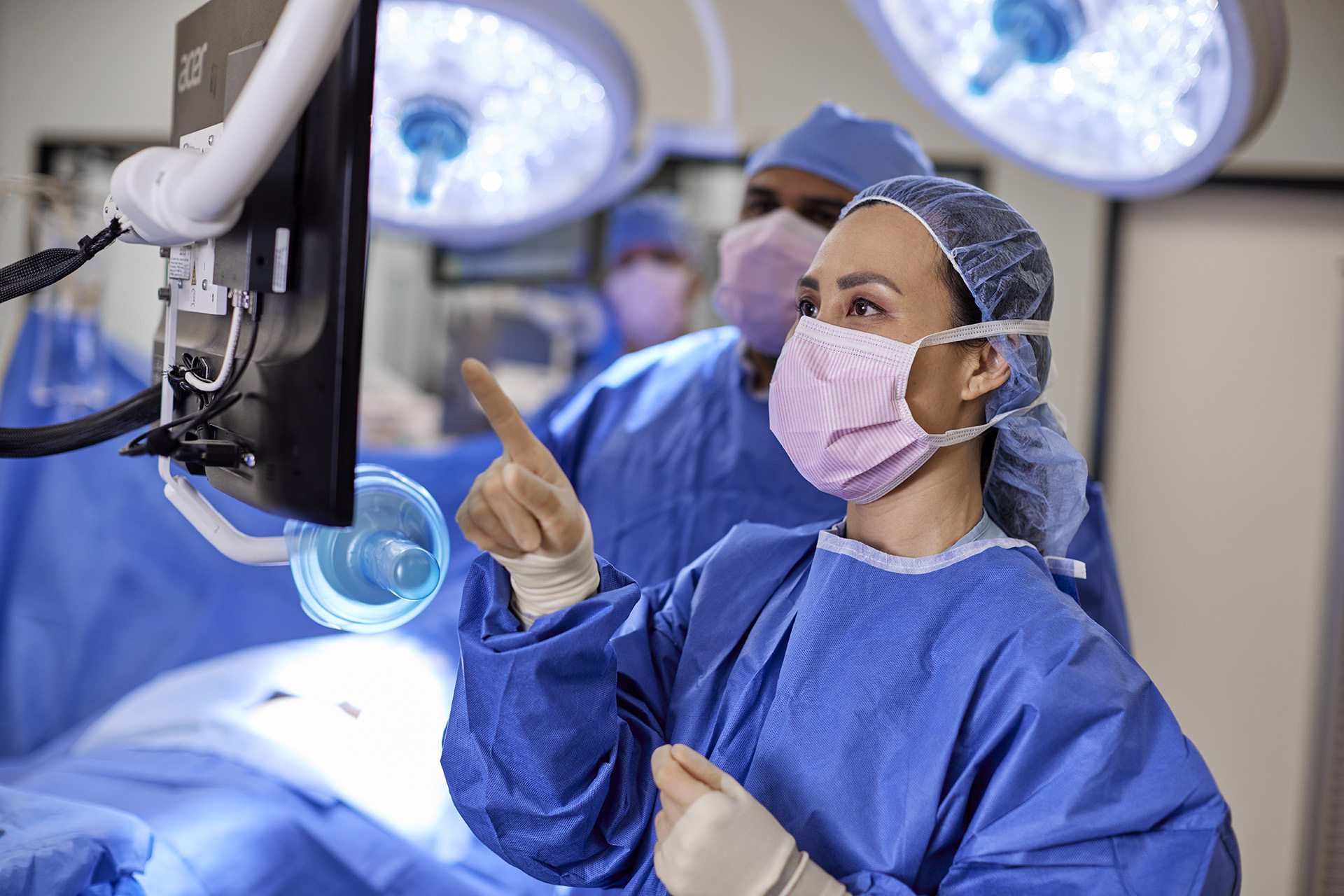A Kaiser Permanente Redwood City Medical center nurse leader received a prestigious award for her innovative work in sepsis awareness.
Sepsis can be a life-threatening condition if not recognized and treated quickly.
Theresa Mostasisa, RN, sepsis coordinator and quality nurse consultant at the hospital, received the Erin Flatley Spirit Award from the Sepsis Alliance, a patient advocacy group that promotes sepsis awareness nationwide.
“When I heard I was getting this award, I started to cry,” said Mostasisa. “I love this work. It’s very hard work, and it’s the kind that tells you this is why you are here. I can touch people and truly say I make a difference.”
With more than 30 years’ experience, Mostasisa has been a bedside nurse, educator, and nurse leader. She continues to teach nursing students in the community in addition to her job at Kaiser Permanente.
At the Redwood City Medical Center, she collaborates with sepsis nurse champions and leaders on how to recognize and treat sepsis.
Sepsis signs and symptoms may include confusion, low blood pressure, and high lactic acid levels. It must be treated quickly with fluids and intravenous antibiotics, according to Thomas Russell, MD, sepsis clinical lead for the region and a Sacramento Emergency Department physician.
Sepsis can develop from a variety of infections a person may have.
“It’s partially an inappropriate inflammatory immune response to a severe infection from certain viruses and bacterial illnesses, such as pneumonia or kidney infections,” said Dr. Russell. “You can also develop sepsis from intestinal or gallbladder infections, bladder infections, or skin infections.”
Low rates of hospital-acquired sepsis
Mostasisa’s work is just one part of a larger body of sepsis prevention and treatment work in Kaiser Permanente’s 21 Northern California hospitals.
In 2021, Kaiser Permanente Northern California implemented a system alerting doctors to check for sepsis in patients when lab work or clinical observations suggest they may have it, Dr. Russell said
“The system tells the clinician: ‘These conditions might be from sepsis. Is it sepsis or is it not?’ and then a response must be entered,” said Dr. Russell. “That regionwide system looks at sepsis possibility every time there is new patient data entered.”
That detection system and ongoing nurse education are responsible for a very low rate of hospital-acquired sepsis in Kaiser Permanente Northern California hospitals. That rate is somewhere around 5% to 9% of all sepsis cases, as opposed to about 10% to 15% nationwide, said Dr. Russell.
“Back in say 2005, before we had a higher level of sepsis education and software system guardrails, it was not uncommon for people to get a kidney injury from sepsis, or they might have had to go on permanent dialysis from that infection,” said Dr. Russell. “We don’t see that anymore. We now have fewer patients deteriorating into septic shock or developing severe complications from sepsis.”
For Mostasisa, who has been doing sepsis prevention since 2008, the work of saving lives goes beyond one or two people and some computer software. It’s a huge team of people working together.
“This award I received isn’t just for me,” she said. “It’s for all the nurses, physicians, students, families, and community members who are working to make sure sepsis is recognized and treated early.”




